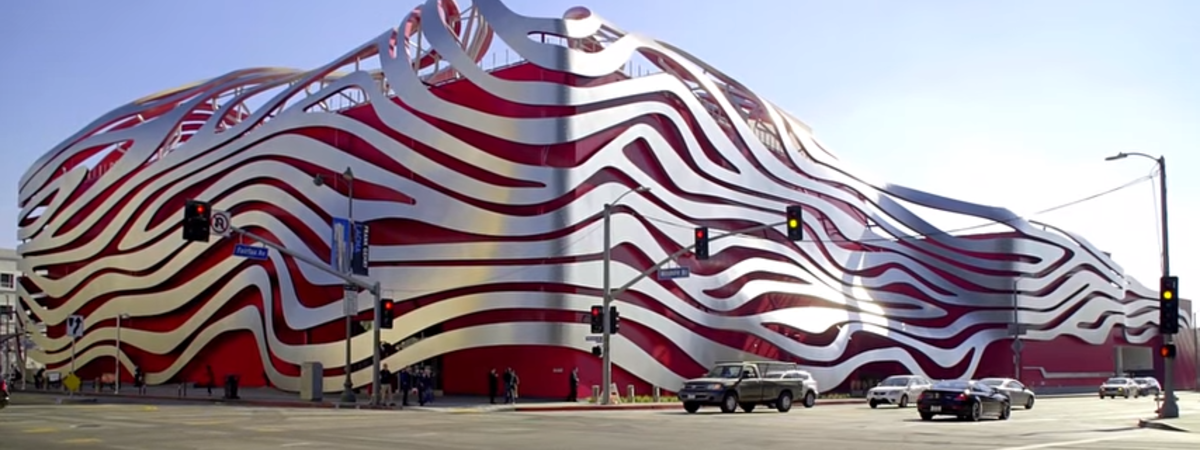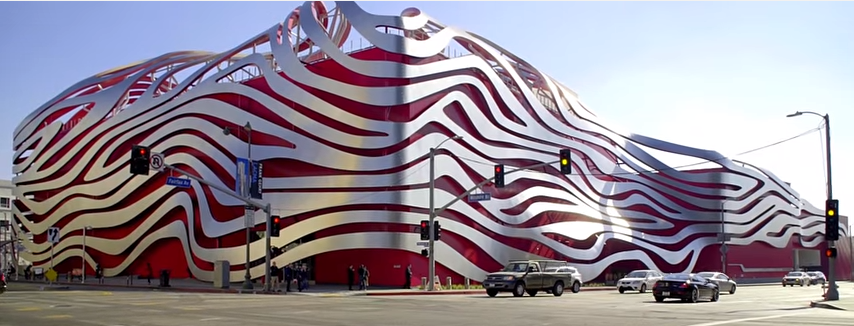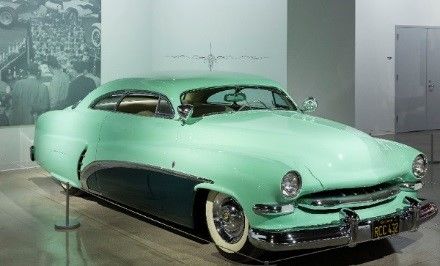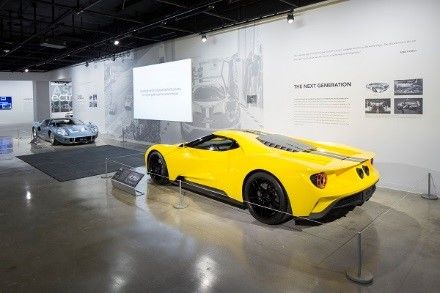
CarStories
In the city that epitomizes the nation’s car culture, Panasonic made a visually striking statement. In fact, it made about 47 striking statements. In the Petersen Automotive Museum in Los Angeles, which reopened to the public in December after a 14-month, $90 million renovation, Panasonic projectors and professional displays in every gallery provide education and entertainment on automobile history, industry and artistry.
The galleries comprise a rotating collection of 300 cars, motorcycles, and scooters, with 150 on display at any one time. Favorites include James Bond’s 1964 Aston Martin DB5 from the movie Goldfinger, the 1959 Sting Ray concept designed by GM design head Bill Mitchell and Larry Shinoda that shaped the iconic 1963 C2 Corvette, as well as a 3.0 CSL BMW painted by American artist Alexander Calder at the request of French race car driver Hervé Poulain, who drove the vehicle in the 1975 24 Hours of Le Mans. There’s also a $40 million Bugatti.
The museum pulled in Panasonic after deciding video would become an integral part of its visitors’ experience. Rather than recreate dioramas that show a freeze frame of history, museum officials decided they needed a video partner to deliver content in a dynamic way throughout its galleries. The museum uses 47 Panasonic projectors, and 15 professional displays. Each signature gallery has a video wall, which uses between 10-15 projectors each. The lumen options that come with Panasonic projectors helped lighting designers maintain similar color quality and resolution throughout the galleries.
The 95,000-square-foot museum, dedicated “to exploring and presenting the history of the automobile and its impact on American life and culture using Los Angeles as a prime example,” is one of the largest such museums in the world.
Read more about the Petersen Automotive Museum’s dynamic videos.


